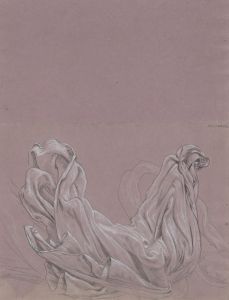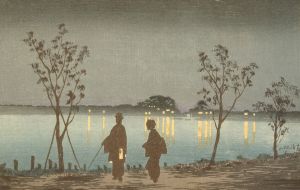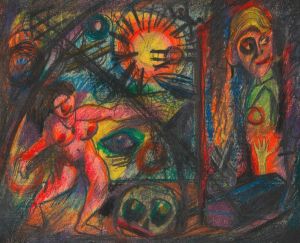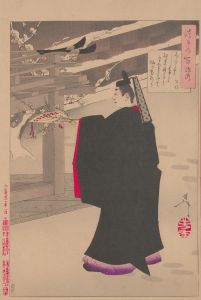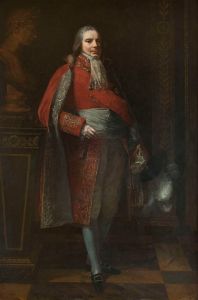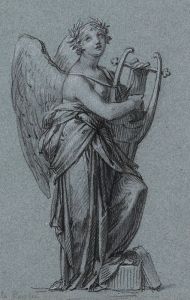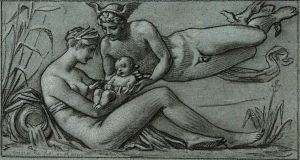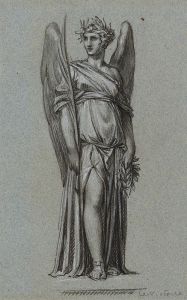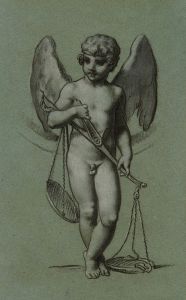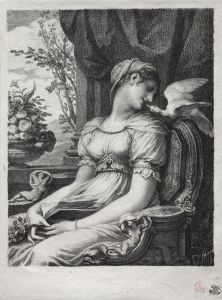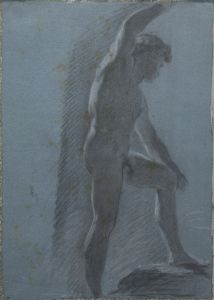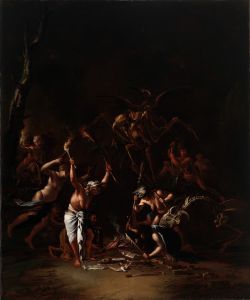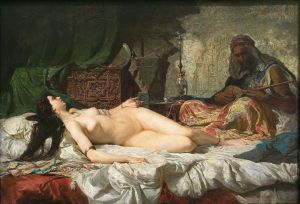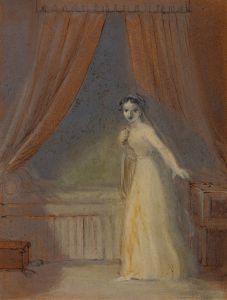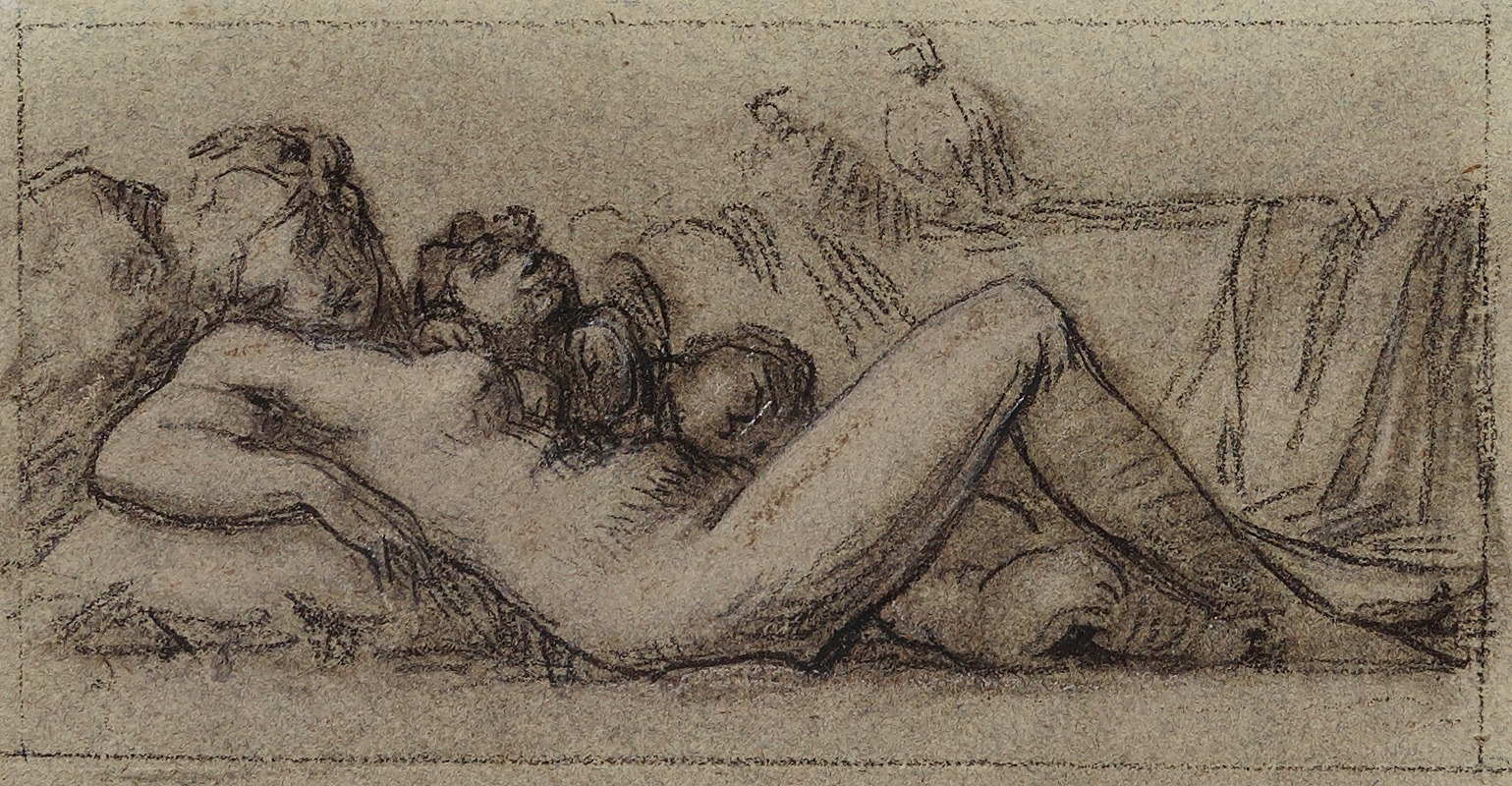
La Nuit
A hand-painted replica of Pierre-Paul Prud'hon’s masterpiece La Nuit, meticulously crafted by professional artists to capture the true essence of the original. Each piece is created with museum-quality canvas and rare mineral pigments, carefully painted by experienced artists with delicate brushstrokes and rich, layered colors to perfectly recreate the texture of the original artwork. Unlike machine-printed reproductions, this hand-painted version brings the painting to life, infused with the artist’s emotions and skill in every stroke. Whether for personal collection or home decoration, it instantly elevates the artistic atmosphere of any space.
Pierre-Paul Prud'hon was a French Romantic painter known for his allegorical and mythological subjects, as well as his portraits. One of his notable works is "La Nuit" (The Night), which exemplifies his mastery in creating ethereal and dreamlike compositions. Prud'hon's style is often characterized by its soft, atmospheric qualities and a delicate use of light and shadow, which are evident in "La Nuit."
"La Nuit" was created around 1800-1810, during a period when Prud'hon was gaining recognition for his unique approach that diverged from the Neoclassical style dominant in France at the time. Instead of the sharp lines and clear forms favored by Neoclassicism, Prud'hon employed a softer, more blended technique that lent his works a sense of mystery and emotion. This approach is particularly effective in "La Nuit," where the interplay of light and shadow creates a serene and contemplative mood.
The painting depicts a personification of Night, a common theme in art that allows for the exploration of themes such as rest, dreams, and the unknown. In "La Nuit," Prud'hon presents Night as a graceful, ethereal figure, enveloped in flowing drapery that seems to merge with the surrounding darkness. The figure's gentle, serene expression and the soft, muted palette contribute to the painting's tranquil atmosphere.
Prud'hon's use of chiaroscuro, the contrast between light and dark, is a defining feature of "La Nuit." This technique not only highlights the figure of Night but also enhances the painting's dreamlike quality. The subtle gradations of tone create a sense of depth and volume, drawing the viewer into the scene. Prud'hon's skillful manipulation of light and shadow reflects his admiration for the works of Leonardo da Vinci and Correggio, both of whom were known for their innovative use of chiaroscuro.
"La Nuit" is also notable for its composition, which balances the figure of Night with the surrounding darkness. The figure's pose is both elegant and natural, conveying a sense of calm and introspection. This compositional harmony is a hallmark of Prud'hon's work, demonstrating his ability to create visually pleasing and emotionally resonant images.
Prud'hon's "La Nuit" is housed in the Louvre Museum in Paris, where it is part of the collection of 19th-century French paintings. The painting is appreciated not only for its aesthetic qualities but also for its contribution to the Romantic movement in art. Prud'hon's work, including "La Nuit," influenced later artists who sought to express emotion and imagination in their art, paving the way for the development of Romanticism.
In summary, "La Nuit" by Pierre-Paul Prud'hon is a quintessential example of the artist's Romantic style, characterized by its soft, atmospheric qualities and masterful use of light and shadow. The painting's serene depiction of Night, combined with its harmonious composition, makes it a significant work in the history of French art.





